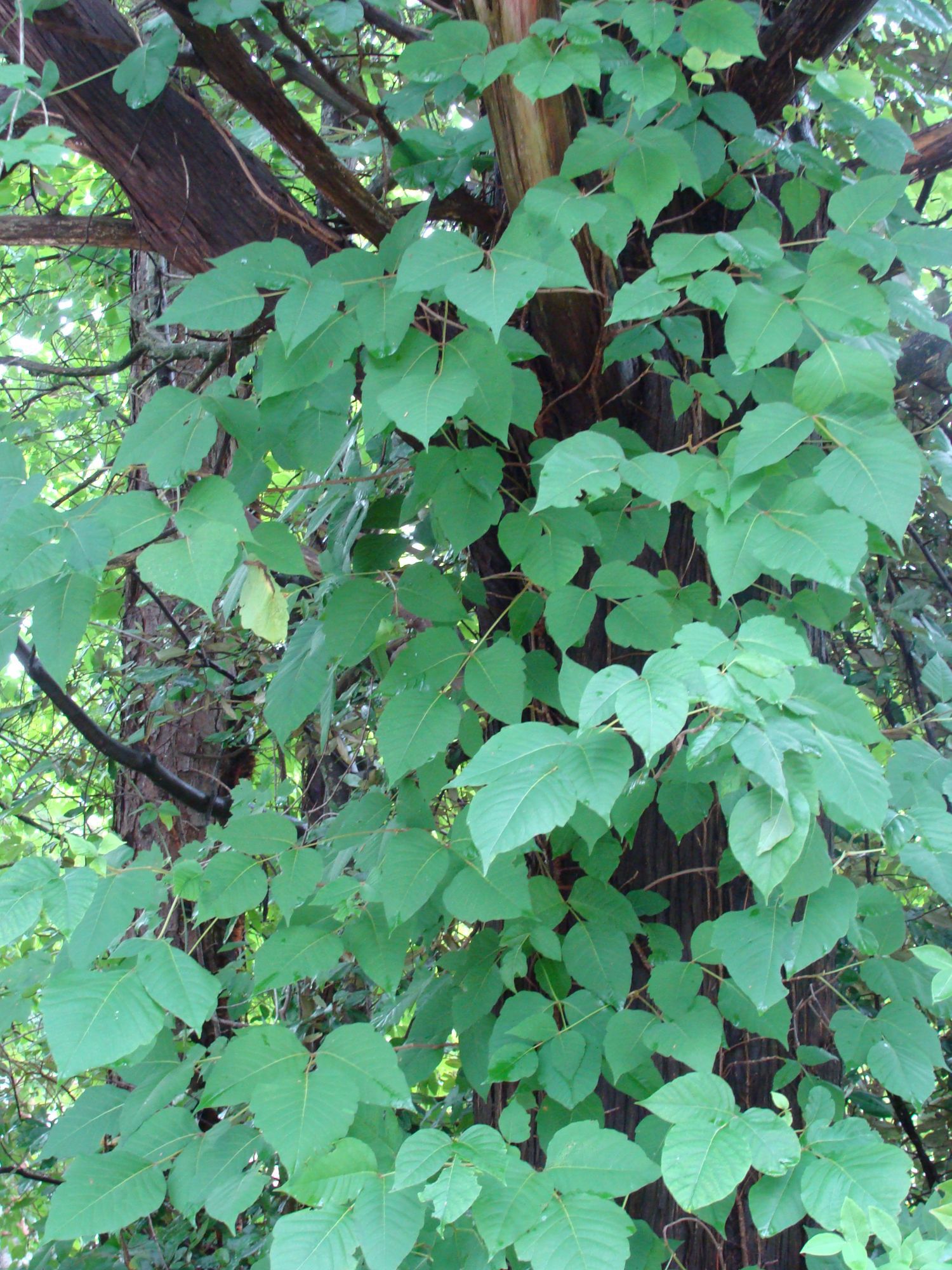Poison ivy has many ways to make you itch
Published 12:00 am Friday, July 25, 2014
SALISBURY — Those who work outdoors are constantly concerned about skin rashes from poison ivy. In severe cases, the rash (dermatitis) can even send some people to the hospital.
Identification and control of poison ivy is one step in prevention of dermatitis.
Poison ivy is usually found as undergrowth in woods, fence rows, recently cleared lots or growing as a vine on trees. The vine often grows as a low shrub in the absence of trees or other support objects.
The stems of poison ivy are smooth with a light brown to gray color. The leaves are very ornate and shiny with broad serrated margins. The leaves are trifoliate, or in groups of three. The plant produces gray-white berries 1/4-inch in diameter. These berries are actually a favorite food of birds and a major source of its distribution.
The poisonous substance in the leaves and stems is called hydro-urushiol. The poisonous substance is also found in the roots, bark and berries of the plant. The oily substance does not dissolve in water and is not volatile, so it easily adheres to a number of objects, including pets, clothing, garden tools, golf clubs, guns or fishing rods.
Smoke from burning stems or leaves is another contact source. Splashing sap from stems and twigs when cutting trees is often a source in the winter months while cutting firewood. Physical contact is necessary to obtain the poisonous oil and cause a skin rash. The susceptibility of dermatitis depends upon the individual. Minute amounts of the oil can cause a rash. Rubbing an itching rash will not spread the rash to other parts or to another person. The rash occurs only if you spread the oil urushiol on your hands, etc. It generally takes seven-10 days for those exposed for the first time to have a rash.
Those working outdoors in areas prone to have poison ivy should take a warm, soapy shower immediately when they come indoors. It’s also important to wipe down pruning tools or other cutting instruments to avoid exposure to the oil.
The best time to control poison ivy is just before and after bloom in the summer. Brush killers or herbicides that contain dicamba or trichlopyr are effective controls for poison ivy. Glyphosate formulations (Roundup) are also labeled for controlling the weed. Repeated applications may be necessary for complete control.
Go to http://lee.ces.ncsu.edu/2012/06/poison-ivy-and-brush-control-around-the-home-grounds/ for more information on how to control poison ivy.
Darrell Blackwelder is the county Extension director with horticulture responsibilities with the North Carolina Cooperative Extension Service in Rowan County. Learn more about Cooperative Extension events and activities by calling 704-216-8970, Facebook or online at www.rowanextension.com




